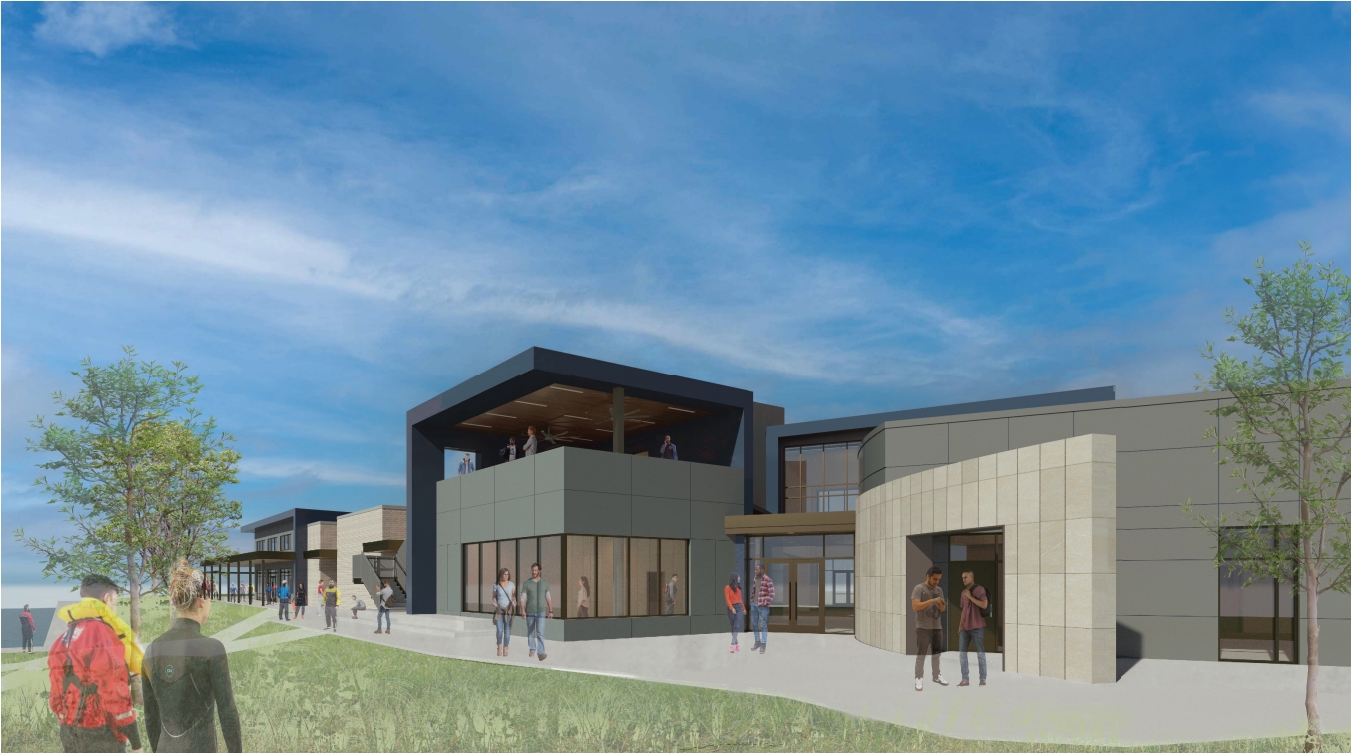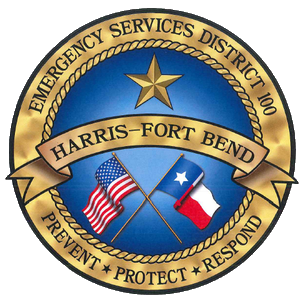
Proposed Swift-Water Rescue Training Facility Poised to Make Texas a National Leader in Flood Response
State-of-the-art center would simulate real flood conditions, equipping first responders with life-saving skills.
Houston, Texas — As communities across Texas continue to work through the devastating flooding over the Fourth of July weekend, public safety leaders are advancing plans for a local Swift Water Rescue Training Facility aimed at saving more lives in future disasters. The project seeks public, private, and philanthropic support to accelerate construction and begin classes as early as next year.
Recent events underscore the urgency.
Over the Fourth of July weekend, the Guadalupe River surged more than twenty feet in less than two hours, overwhelming Camp Mystic in Kerr County. U.S. Coast Guard rescue swimmer Scott Ruskan on his very first operational mission helped airlift 165 campers and staff to safety, while ground crews worked through the night to reach those still trapped. Despite these heroic efforts, the statewide death toll has exceeded 121 people, with approximately 160 victims still missing.
Texas already leads the nation in flood-related fatalities. Rapid urban expansion, low-water crossings, and aging drainage infrastructure mean that even moderate storms can turn roadways into rivers within minutes. Yet many departments must travel out of state or rely on improvised exercises in uncontrolled environments to gain the specialized skills required for swift-water rescues.
“Last week’s Coast Guard missions saved dozens of young lives, but they also exposed how desperately Texas needs purpose-built training,” said Dale Terry, President of Harris-Fort Bend County Emergency Services District No. 100 and project lead. “Regional emergency response teams will no longer depend on finding a creek or river flowing at an ideal level to create the proper conditions for this vital training. Practicing complex flood rescues in a controlled setting will help every agency in the state respond faster and more safely during the next flood event. Investing in real-world training is not optional, it is urgent. This facility will keep training dollars in Texas while strengthening disaster readiness for every community.”
The proposed training facility will be one of the world’s most advanced urban flood training facilities, providing training for the region’s first responders in flood response, swift water rescue, and low-head dam simulation.
Key Features:
- The 25,000-square-foot facility will feature two large swift water channels, 2.2-acre dive, powerboat, flatwater training pond, and an urban flood rescue simulator to allow rescue personnel to train in flooded streets and buildings.
- In the urban flood rescue simulator, massive pumps will move a high volume of water into a mock village including mock streets and buildings, simulating a flood event in controlled, true urban environment.
- The facility will provide the potential for a multitude of training scenarios, including immersed vehicle, boat, and high-ropes rescues.
- The project’s “Main Street” will feature a two-story residential building, a sunken residential building with pitched roof, a high ropes tower, and a mock two-story care facility with a flat roof that connects to the high ropes tower. It includes realistic streetscape conditions with such features as narrowed street intersections, utility poles, a rocky gorge area, and a low head dam simulating varying water levels for high performance, scenario-based training.
About Harris-Fort Bend Emergency Services District No. 100
Harris Fort Bend Emergency Services District No. 100 is setting a regional standard through its leadership in comprehensive training programs and its demonstrated commitment to responding effectively to emerging public safety needs. By proactively developing the skills and capabilities of emergency personnel and maintaining readiness to support complex operations, the District exemplifies best practices in governance and service delivery.
A central pillar of our success is our investment in workforce development through a training center that has become a regional asset. This facility includes a five story burn building and is routinely used by multiple state agencies and surrounding departments to conduct both foundational and advanced training. Each year, we prepare approximately 100 cadets through our Firefighter Academy. Additionally, the District’s Emergency Medical Technician certification program trains approximately 80 EMT cadets annually.
The District’s impact extends beyond training. In 2021, the District established WestCom, a state-of-the-art emergency communications center that currently provides dispatch services for 11 agencies and is slated to expand to serve 20 agencies in the near future. This growth will significantly enhance regional response coordination across jurisdictional boundaries. The District also oversees the CVFD Tactical Medical Team, which supports both regional and federal agencies during high-risk operations. Most recently, the Community Volunteer Fire Department operating under the governance of this District was selected to assist with planning for the upcoming FIFA World Cup; a clear reflection of the confidence placed in the District’s governance structure and operational systems. Taken together, these efforts demonstrate that Harris-Fort Bend Emergency Services District No. 100 is not only prepared to take on this project, but are uniquely qualified to do so with professionalism, foresight, and proven success.
Media Inquiries:
Captain Samantha Smith (Public Information Officer)
samantha.smith@communityvfd.com
(281) 742-0923

